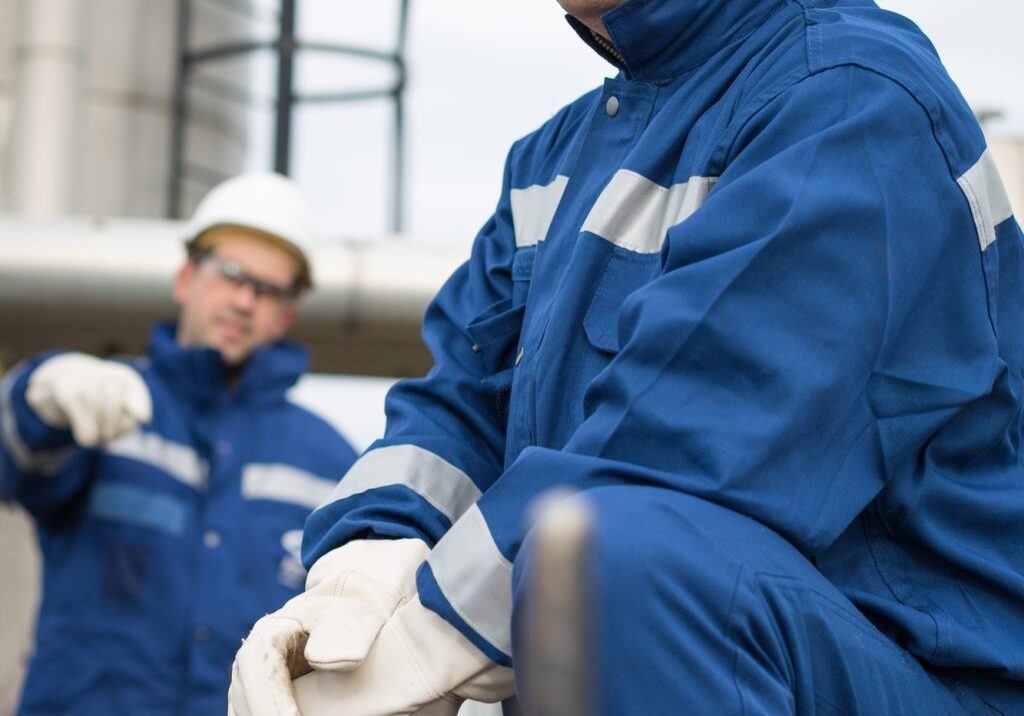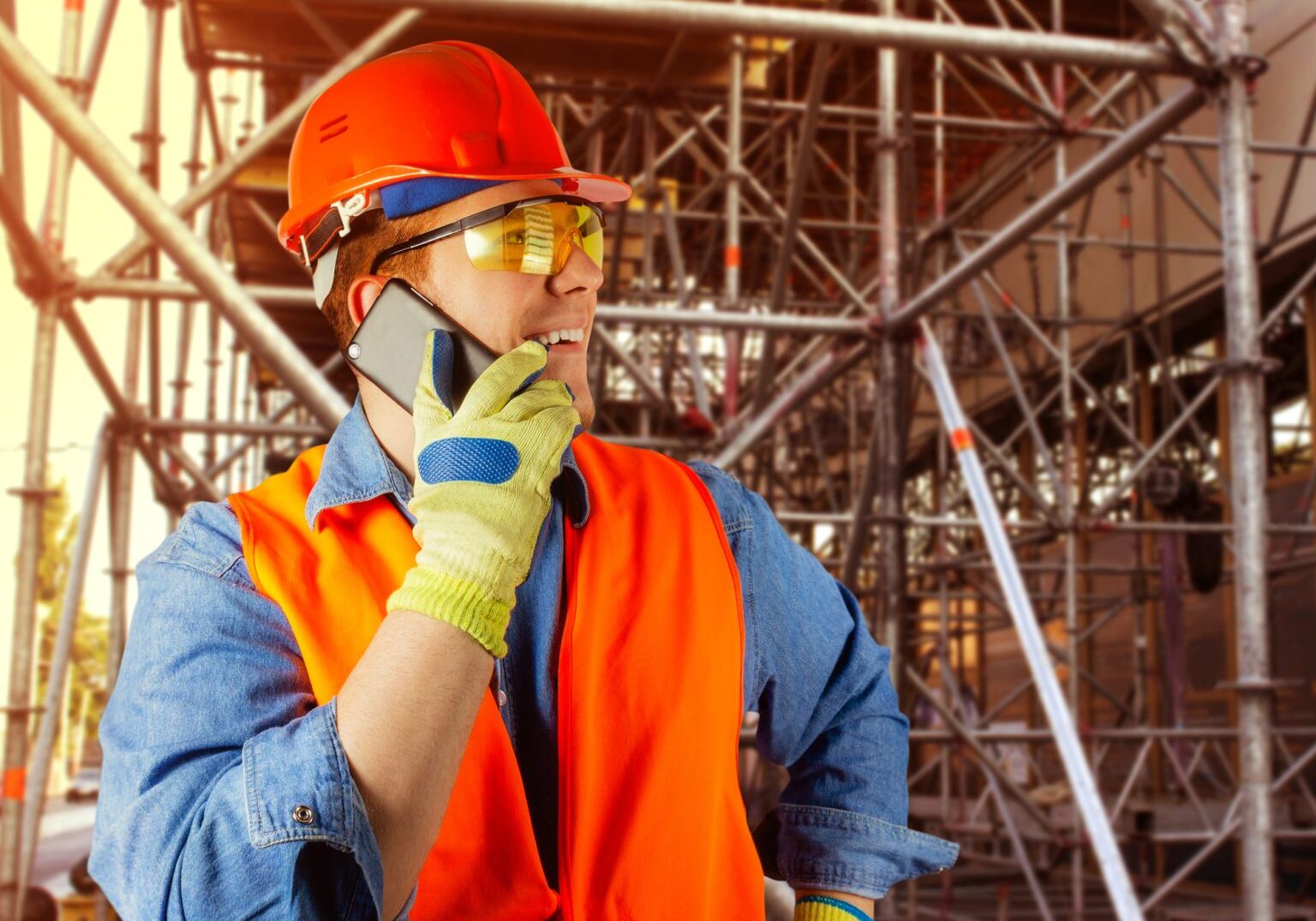Rotating Equipment Basics
Houston Dynamic is one of the leading experts in rotating equipment repair and maintenance. But what exactly is rotating equipment? This term encompasses many different types of equipment – gas compressors, turbines, pumps, fans, blowers, and gear boxes. So, let’s go over what these are and why maintenance and timely repairs are so important.
You Move Me
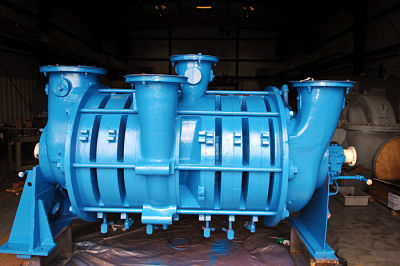 Gas compressors are used in just about all aspects of oil and gas processing. They play a significant role in in capital and operating costs. There are four types of compressors: centrifugal, reciprocating, axial flow, and rotary screw.
Gas compressors are used in just about all aspects of oil and gas processing. They play a significant role in in capital and operating costs. There are four types of compressors: centrifugal, reciprocating, axial flow, and rotary screw.
Centrifugal compressors are primarily used in the petroleum, chemical, and natural gas processing industries for uninterrupted, static, and high-speed operation. They can last up to ten years if maintained properly. These machines use a rotating disk to increase the velocity of the gas. Support bearings and labyrinth seals are the components predisposed to wear. Degraded seals can cause operational vibrations, high temperatures, and eventual machine failure.
Reciprocating compressors use pistons instead of impellers to distribute gas at high pressures. Multi-stage reciprocating compressors are considered the most efficient compressors available on the market at this time. If you are looking for a compressor with a long service life, reduced maintenance during operation, and lower energy costs, then this is the one you want.
Axial Flow compressors are continuous pressurizing gas machines that compress gas by diffusing and accelerating it as the airfoils pass the gas through passages. They have high operational efficiencies and large mass flow rates. They require a larger number of components compared to other types of compressors, thus making them a complex machine that requires adherence to a strict maintenance schedule.
Rotary screw compressors are two helical screws that pressurize gas by forcing it into an intermesh space and then compressing it by pushing it though the discharge port. This action takes place continuously as the gas moves along the opposite rotating screws. Each pass through the intermesh space and discharge space further pressurizes the gas into a fine mist. These are great compressors because there is very little surge or pulsation because of the continuous sweeping motion of the screws as compared to the piston driven reciprocating compressors.
Diligent, Dependable, Responsible
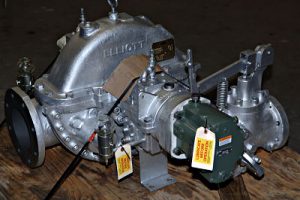 Turbines are the workhorses of rotating equipment with their high power density and high speed operating capabilities. They provide the power needed to move materials. They are usually part of a larger machine and used in conjunction with other mechanical components such as compressors and fans. Turbines are subjected to serious wear and strain during operations and these can lead to issues such as blade excitation, impact damage, blade wear, and loose vanes. Considerable damage occurs from protruding shims that cause impact damage to downstream blades.
Turbines are the workhorses of rotating equipment with their high power density and high speed operating capabilities. They provide the power needed to move materials. They are usually part of a larger machine and used in conjunction with other mechanical components such as compressors and fans. Turbines are subjected to serious wear and strain during operations and these can lead to issues such as blade excitation, impact damage, blade wear, and loose vanes. Considerable damage occurs from protruding shims that cause impact damage to downstream blades.
Pump It Up
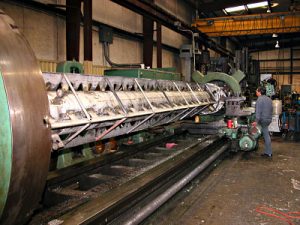 Positive displacement pumps are found in many industries – petrochemical, food and beverage, biomedical, oil and gas, and pharmaceutical to name a few. There are several types and the product being transported and the industry will determine the pump needed. The most common pump found in the petroleum industry is the screw pump because they are able to pump highly viscous fluids. They are also extremely efficient and durable, but can be prone to lubrication and leak issues because of the nature of their application.
Positive displacement pumps are found in many industries – petrochemical, food and beverage, biomedical, oil and gas, and pharmaceutical to name a few. There are several types and the product being transported and the industry will determine the pump needed. The most common pump found in the petroleum industry is the screw pump because they are able to pump highly viscous fluids. They are also extremely efficient and durable, but can be prone to lubrication and leak issues because of the nature of their application.
All Blowers are Fans, but Not All Fans are Blowers
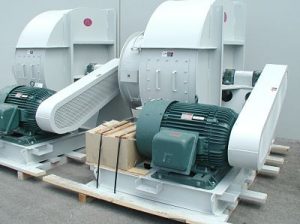 Fans and blowers come in a wide range of sizes and can be centrifugal, axial, and mixed flow. Made of special resilient alloys, they are able to operate in high temperatures. They are used to move gases in combination with other mechanical parts. As with other rotating equipment, efficiency is an integral element to operations. There is a difference between blowers and fans. Fans produce a flow with less pressure and more volume while blowers produce a high pressure ratio to large volume flow.
Fans and blowers come in a wide range of sizes and can be centrifugal, axial, and mixed flow. Made of special resilient alloys, they are able to operate in high temperatures. They are used to move gases in combination with other mechanical parts. As with other rotating equipment, efficiency is an integral element to operations. There is a difference between blowers and fans. Fans produce a flow with less pressure and more volume while blowers produce a high pressure ratio to large volume flow.
Speed Up, Slow Down, and Now Cooling
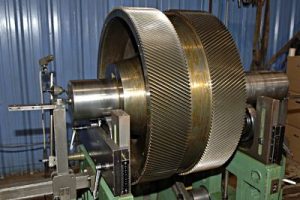 Gear boxes essentially help to change or vary the speeds of mechanical equipment. They are able to change the speed, direction, and the torque of the power source. There are several types of gear boxes: worm, helical, planetary, and spur. Worm and spur gears are used in speed reducers, as they are able to handle large speed reductions. Planetary gear boxes provide high torque during speed reduction applications. Helical gear boxes are less noisy during speed increasing and reduction and last longer than worm and spur ones. Gear boxes are disposed to lubricant leakage issues, misalignment, bearing defects, imbalance, and vibration.
Gear boxes essentially help to change or vary the speeds of mechanical equipment. They are able to change the speed, direction, and the torque of the power source. There are several types of gear boxes: worm, helical, planetary, and spur. Worm and spur gears are used in speed reducers, as they are able to handle large speed reductions. Planetary gear boxes provide high torque during speed reduction applications. Helical gear boxes are less noisy during speed increasing and reduction and last longer than worm and spur ones. Gear boxes are disposed to lubricant leakage issues, misalignment, bearing defects, imbalance, and vibration.
Your rotating equipment will generate an immense amount of noise, vibration, leak lubricant, and shear when problems begin to occur. By following a scheduled preventative maintenance plan, you are averting potential operational failure and costly downtime. You will be able to catch problems early on and prevent minor issues from becoming major ones.
Share this post:

